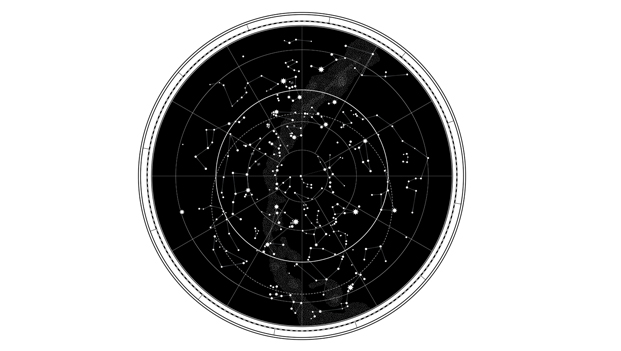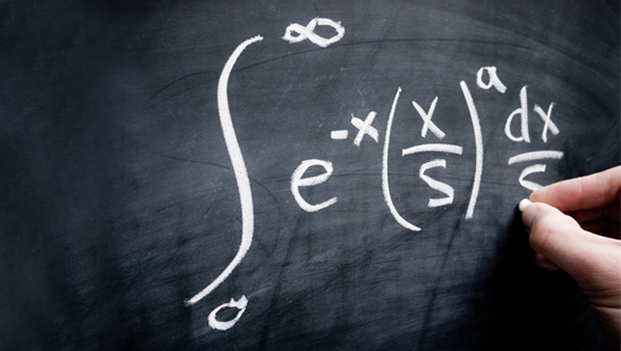8th February 2016
How much time is taken by glass to decompose?
Glass is a solid, transparent material made chiefly of silica. Other elements such as sodium and calcium are also added. According to an estimate by the United States Environmental Protection Agency, about 13 million tons of glass waste is generated annually in the US. The decomposition of glass depends on a lot of factors such as temperature, oxygen levels and the presence of water. Most of the time, the glass is recycled into new items. The time taken by the glass to decompose is one million years.





